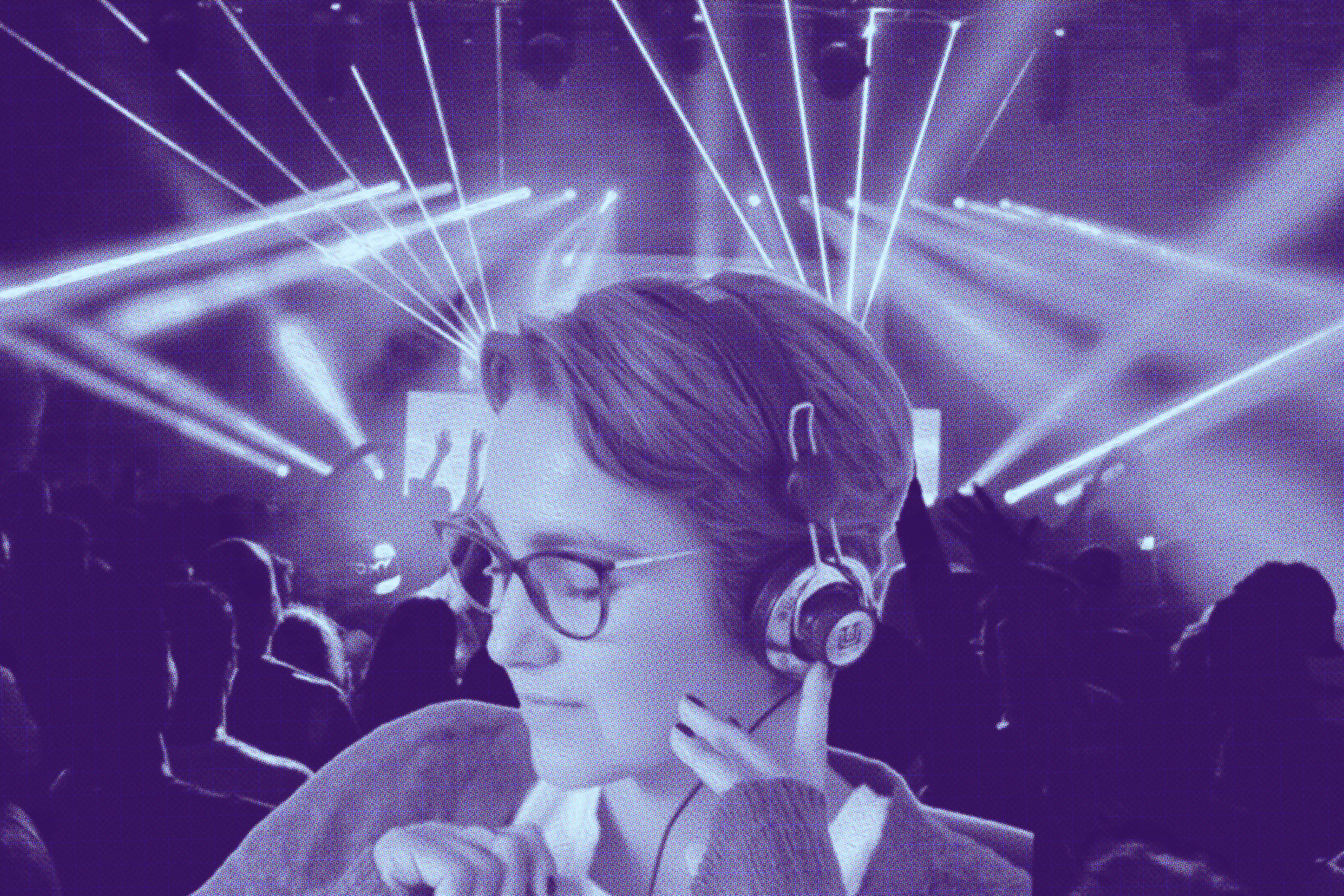 Tech
Tech
What is spatial audio? Everything you need to know about music's big 3D breakthrough
Once limited to cinemas and sophisticated soundsystems, spatial audio is bringing immersion to every-day listeners
Craving something more from your day-to-day playlist? Or binging your latest series has become less exciting than an expensive trip to the cinema? Well, spatial audio is breaking the mould of the audio world with a 3D sound experience once thought to be only achievable through many, many speakers.
Also known as "virtual surround sound", the phenomenon was first branded by tech-titans Apple, it's now spread across the industry becoming the latest — and soon the normal — way we listen to, well, everything. The introduction of spatial audio by Apple in September 2020 set the trend and within just two years the immersive sound experience has gone beyond our ears to being employed by festivals, mixes and even TV.
We've put together an essential guide on spatial audio and how it’s taking over the tech-sphere.
What is Spatial Audio?
For those who haven’t experienced the at-first disorientating moment of popping in headphones with spatial audio, it's as if you’re at a gig — but in your ears. The sound feels as if it's filling the room and when listening to music, it allows you to hear every element of the recording — as if you were standing in the recording studio. When the user tilts their head in any direction, the audio adapts to this change re-directing with dynamic head tracking making it feel like the sound is surrounding you rather than just being left and right. The 360-degree sound technology allows you to enjoy music, podcasts, mixes and more in a new, highly-surreal format that captures and accentuates every small detail of the audio.
So, how does it work?
The trickery of spatial audio is that it makes you feel as if there were more sources of sound than really present. Managing Director of L-Acoustics, Guillaume LeNost provided his insight on “object-based technology” explaining that “if the object is a singer, for instance, you need to define a position in this space for that singer from front, back, to 10 degrees to left etc.” Then you need to, “define how many speakers you have in your space” which allows the system to magically put everything together. For Apple’s AirPods, they use a similar mapping system to speakers however have the added touch of sensors that adapt to when you turn your head. Named Head Tracking, the technology means you can move around this “space”.
You don’t just need AirPods to experience it anymore.
Even though spatial audio has been experienced through many of our headphones or in the cinematic field with giants such as Netflix, the tech is still evolving. Since Apple’s release of iOS 14 back in 2020, spatial audio has become the most immersive way to experience music. The AirPods Pro became a breakthrough in tech for finally providing accessibility to spatial audio, enhancing how users listen to music as well as creating a 3D sense when watching videos. Similar to Apple’s discovery Dolby has created their own surround-sound technology Dolby Atmos. Adapting automatically to an audio device and system the Dolby Atmos can transform any sound from a game to a TV show into a spatial experience. The only downside is that without Apple’s spatial audio you do not get head tracking.
However, LeNost argues that the technology for headphones outside of Apple is “still a bit young”. He explains, “other headphones do not have Head Tracking and can be a bit hit or miss,” adding that speakers are the better way to experience spatial audio anyway as “when it's done well it means everyone is in agreement that is amazing.” At this year’s Coachella festival in California, LeNost’s L-Acoustics took over two stages. LeNost says that “one stage was an electronic stage with music producers and DJs using spatial audio with something like 60 loudspeakers surrounding the audience.” This is seen as the future of advanced spatial audio as it more commonly will meet the environment of festivals and concerts.
So, what’s next?
Building music for a spatial audio experience is to soon become a norm. In 2021, pop-star Olivia Rodrigo released the first-ever spatial audio album ‘Sour’ which has since spurred other artists to follow in these footsteps from The Beatles to The Weeknd. When asks about this production side of things LeNost replied: “We had Brian Eno in our studio recently to do a piece with a spatial audio system. When he went to the studio he wanted to recompose his piece as it creatively made him want to do something different.” This technology is rethinking the way not only music production can work but also how artists wish to plan concerts and live performances of their work. LeNost enthusiastically noted that when producing with spatial tech “you don't need to think about rhythm.” He adds: “You can think differently by saying ‘oh, I don't need to EQ my bass, I can put it there and lift some space for the vocals instead.’” And producing isn’t even where it ends. DJ mixes can include spatial audio. Grammy-award-winning Latroit created ‘Dance My Tears Away’ a collaboration with Australian singer Charlz and L-Acoustics. Apple also launched this year the option of spatial audio mixes, with an exclusive mix by Jeff Mills. In addition, Boiler Room sets by India Jordan, Ash Lauryn, HAAi, Lady Shaka, and others have been mixed with spatial audio that are now available on Apple Music. It’s sure that many more in the electronic genre will continue to embrace the cutting-edge technology of spatial audio and for it soon to be beyond our headphones.


